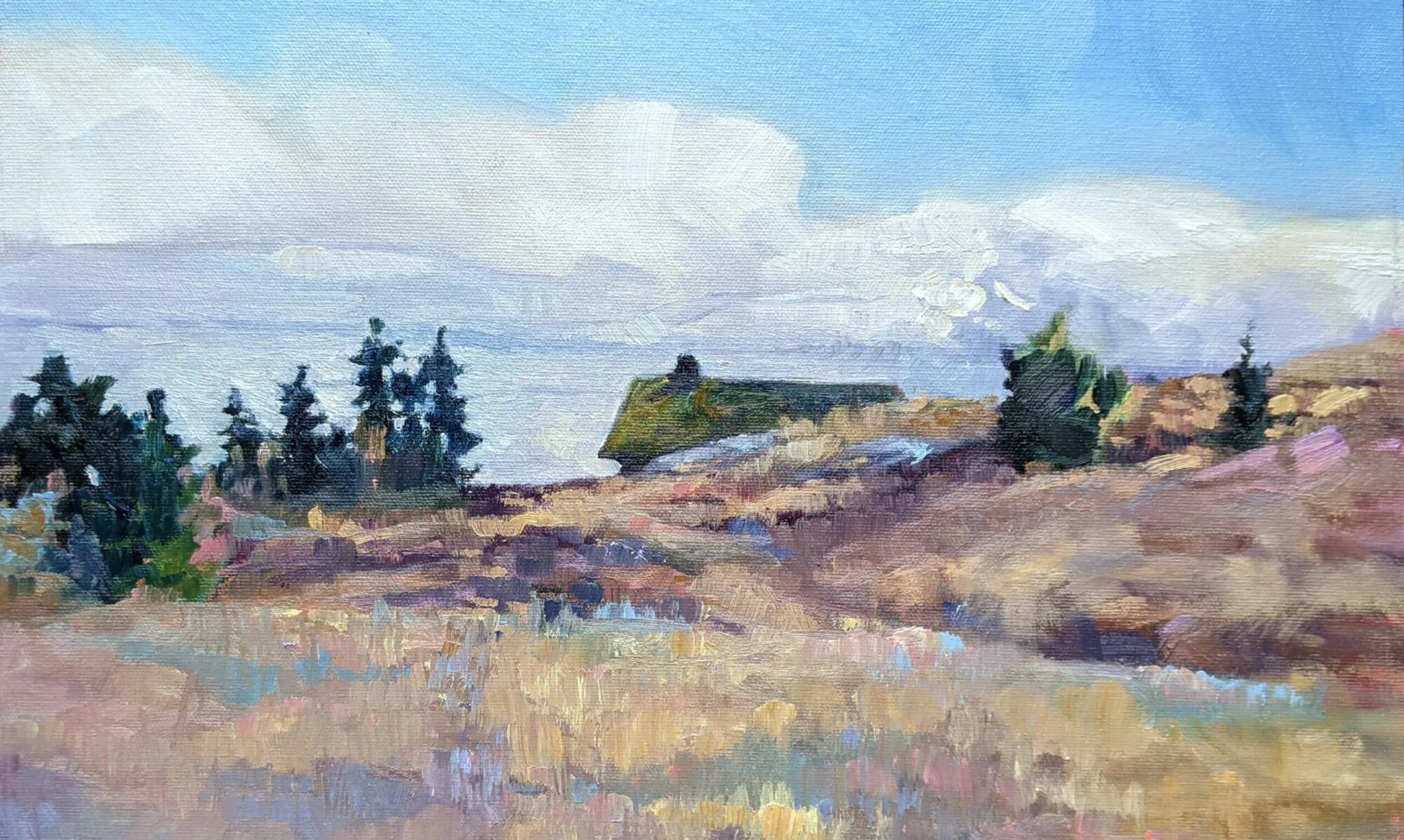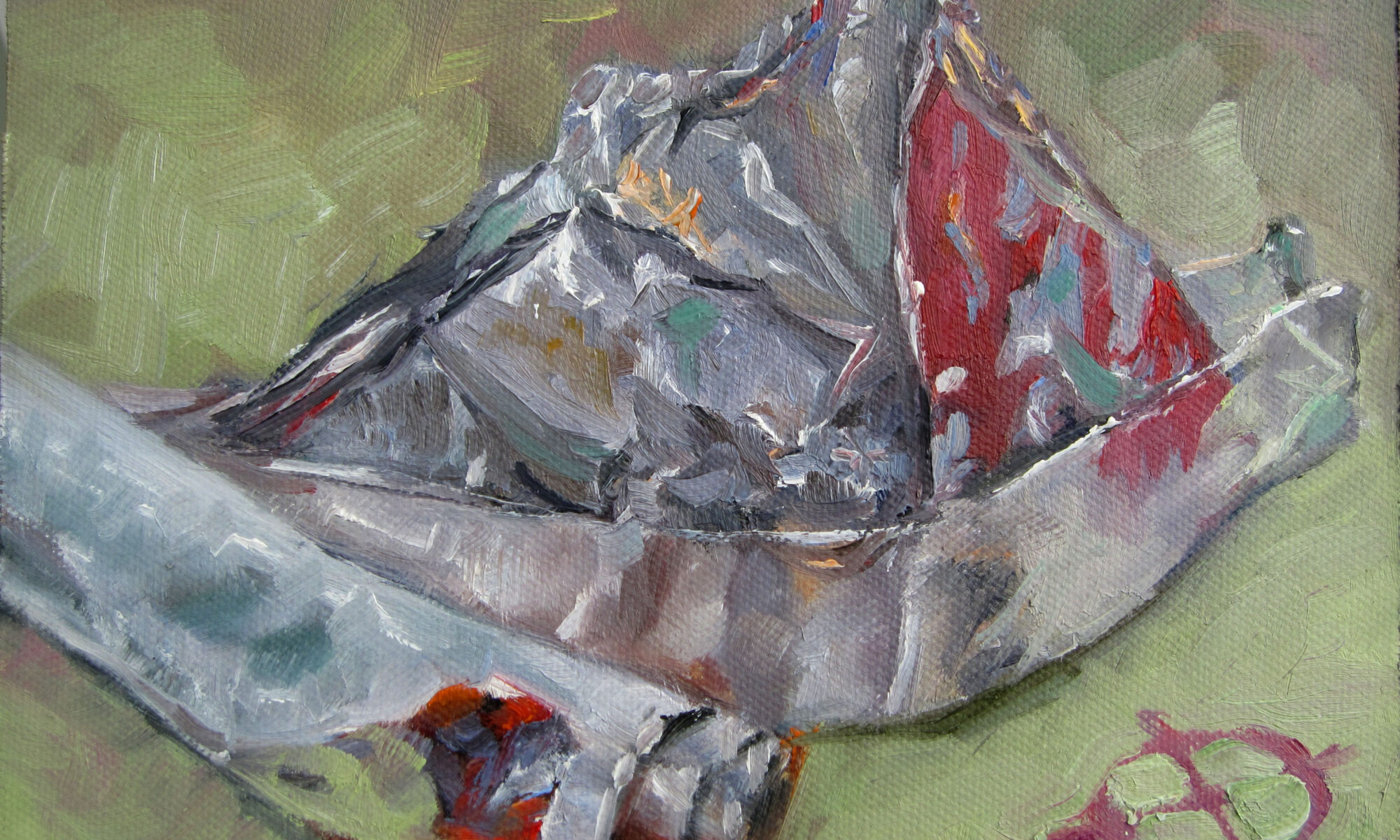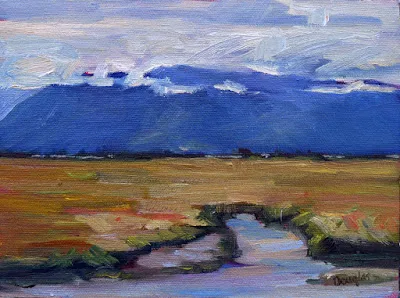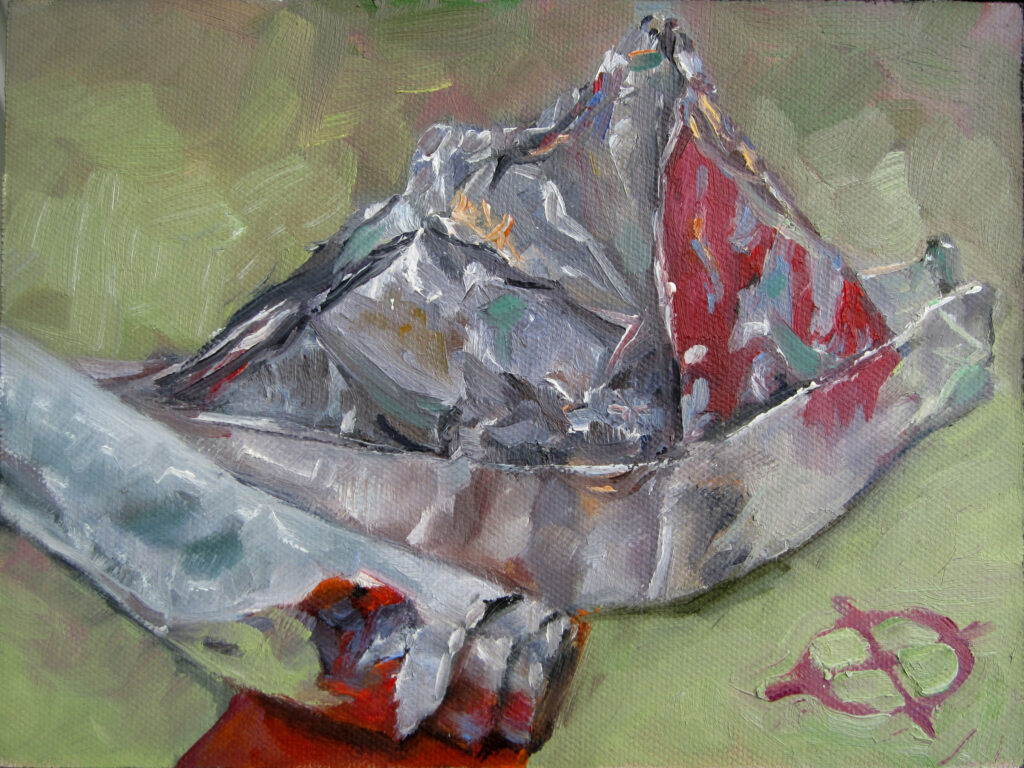
He-gassen is a subject first seen at the end of the Heian Period in Japanese art. That’s roughly equivalent to the High Middle Ages in western art, so that’s very old indeed.
He-gassen (‘Fart competitions’) or Hōhi-gassen (‘Fart fight’) could just as easily be translated as the art of the fart.
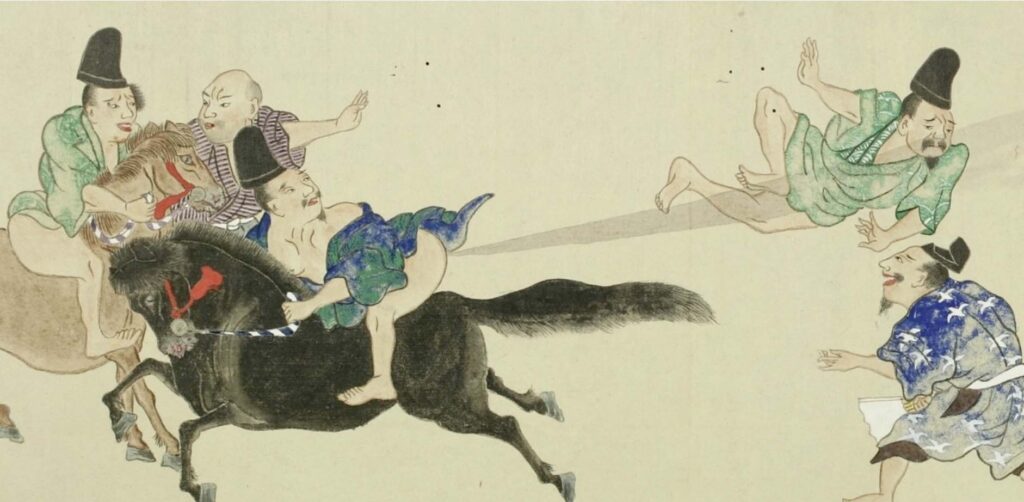
The Edo period was a time of economic growth, political stability, and a flowering of Japanese art. To understand the culture of the time, think of Hokusai’s The Great Wave off Kanagawa. This Edo-period He-gassen scroll is by an unknown artist, but he was clearly well-trained.
This was also an isolationist time in Japanese history, so in addition to the fart jokes, there are westerners being blown home on thunderous gales of gas. There is nothing new under the sun, and that includes political satire.
Four great painters who were also funny
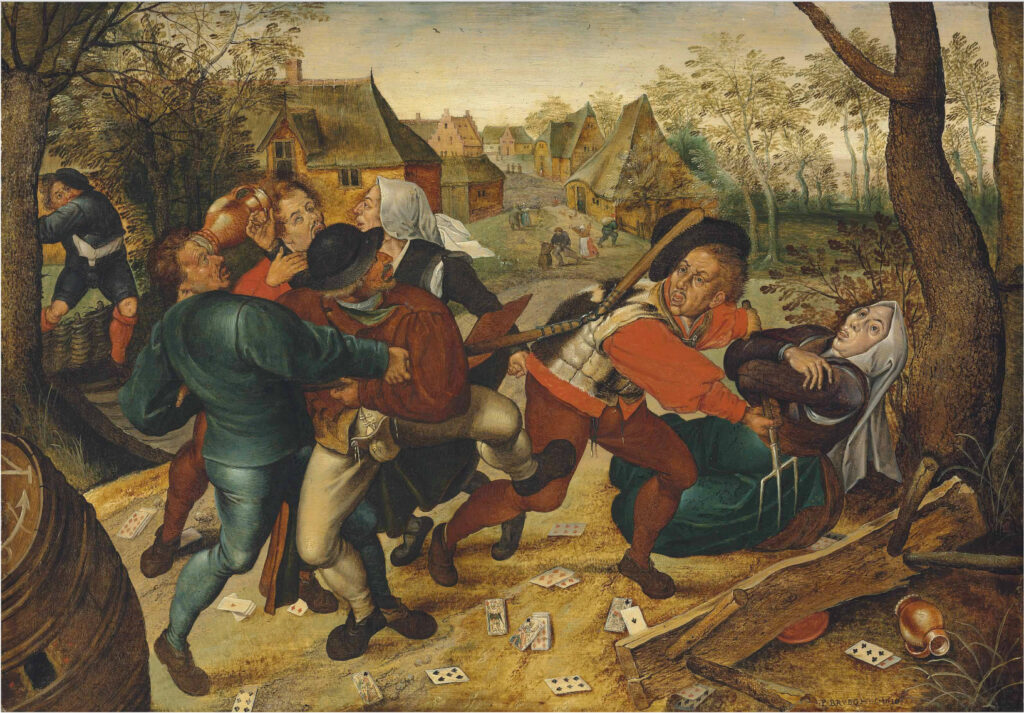
It couldn’t have been easy being Pieter Brueghel the Younger. His father was one of the greatest painters in western history, and Dad died when Junior was just five years old. The son was never the painter his father was, but what connects the two is their earthy, pointed sense of humor.
The brawlers in Brueghel the Younger’s 1610 painting, above, are playing for keeps—nunchuks, a pitchfork, a jug to the head. I can’t decide if the woman on the right is dead or just dead drunk. This is all a bit rich for us lily-livered poltroons of the 21st century; we’d have never survived. We get the moral message about fighting loud and clear, but we’re also allowed a laugh at how ridiculous they look.
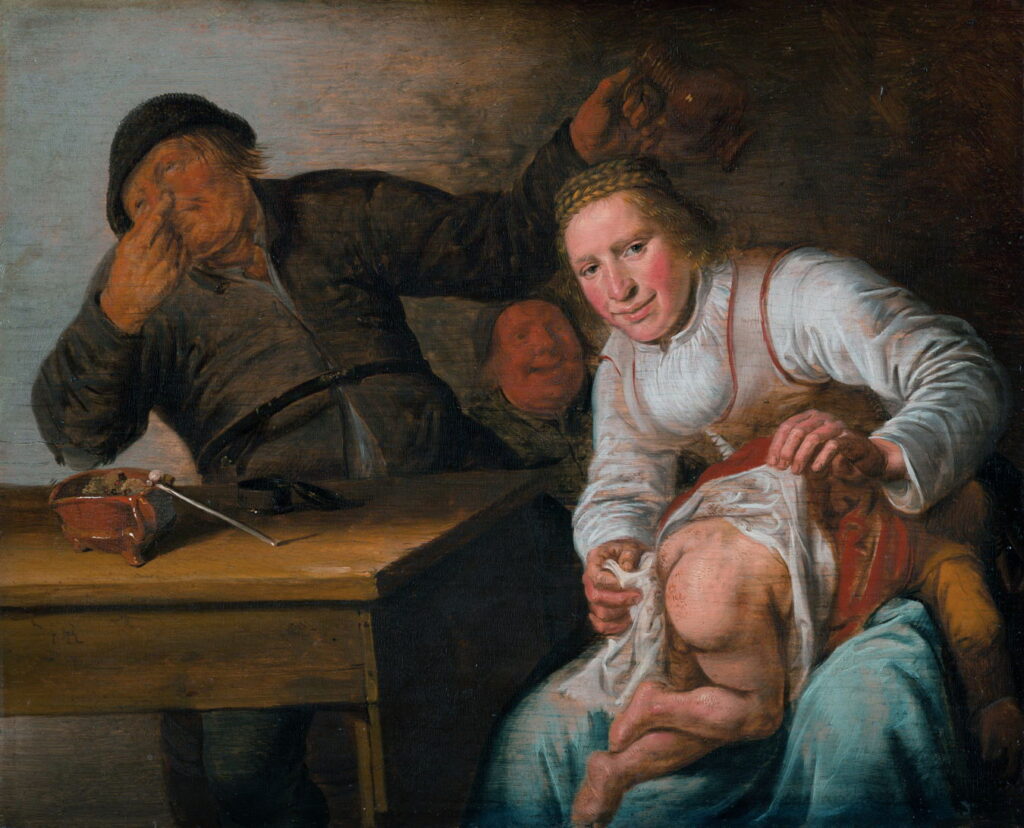
Jan Miense Molenaer was a Dutch Golden Age painter who is somewhat less well-known today than his wife, Judith Leyster. His oeuvre was typical for the times: allegory, religion, cozy domestic scenes. He is thought to have studied with Frans Hals and it shows in his quick, easy brushwork. But Smell is not something just anyone would paint. It’s ripe; a subject that resonates with anyone who’s ever changed a diaper.
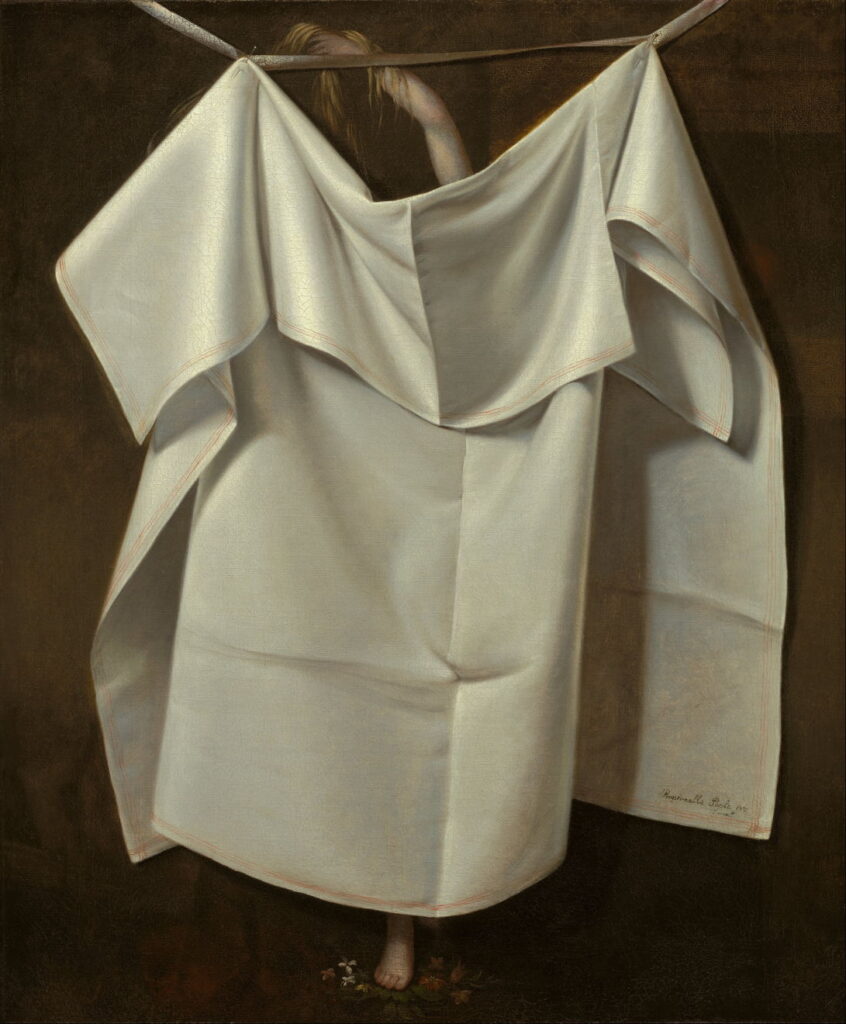
Raphaelle Peale’s Venus Rising From the Sea isn’t making fun of his subject, but of the Puritanical mores of his audience. His twist is that Venus is concealed not with a curtain, but with a pocket handkerchief. His hypothetical, hypocritical viewer could just peep around the side and get his prohibited eyeful.
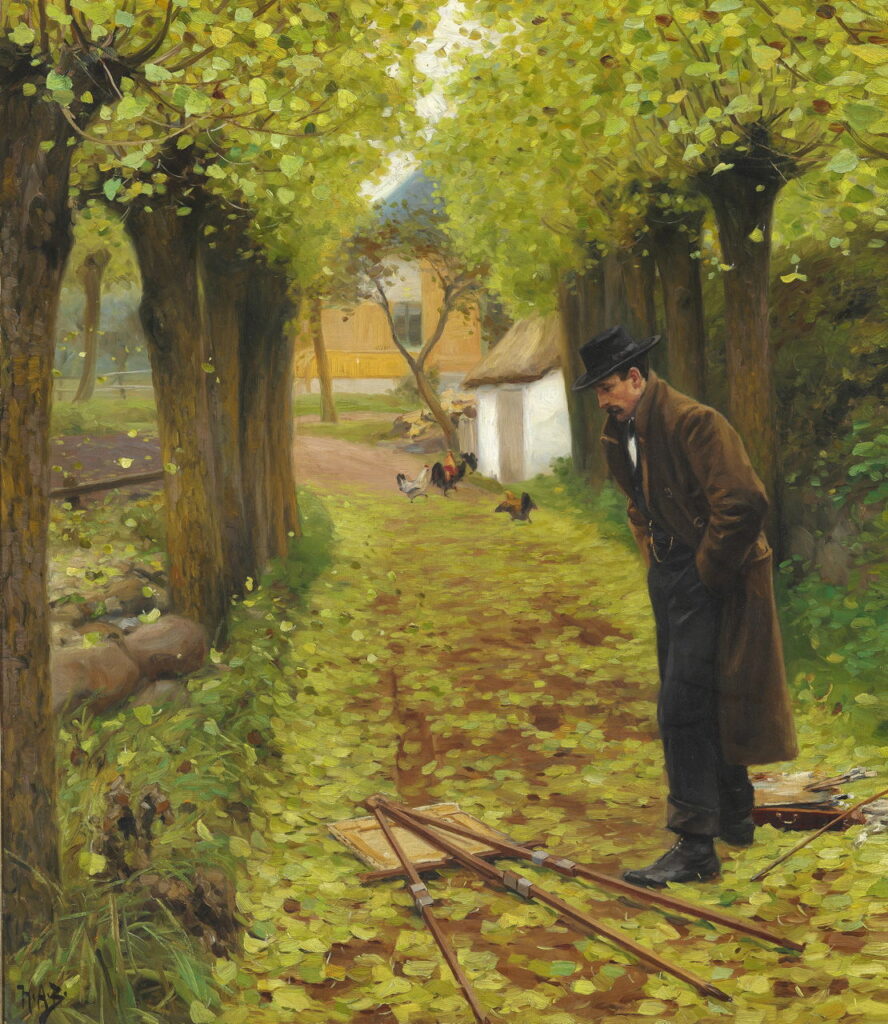
Hans Andersen Brendekilde was a Dane who was raised in poverty. His social realism painting did much to raise the consciousness of Danes towards the rural poor of their own country. But that is not what strikes you in this portrait of his friend Laurits Andersen Ring. It is, of course, the dratted downed easel, which every plein air painter has suffered at least once. It’s how I learned to swear.
Let’s quit taking ourselves so seriously
I once showed something I thought was very deep to my high school art teacher. “It’s sophomoric,” she said. I scan a lot of art groups and am daily reminded that there’s a fine line between sincerely-held opinions and mawkishness. We should have beliefs, but nobody can survive on a steady diet of drama. In almost all situations, we need humor. (Where humor fails, as in world war, a high degree of moral intelligence is called for; see Käthe Kollwitz or Francisco Goya.)
Laughing gives us a sense of perspective. It helps us accept our flaws, cope with stress, deal with awkward situations, and makes us more resilient. It puts us in a better mood, which in turn makes us more even-tempered people and painters.
Can you paint something funny this week?
Reserve your spot now for a workshop in 2025:
- Advanced Plein Air Painting, Rockport, ME, July 7-11, 2025.
- Sea and Sky at Acadia National Park, August 3-8, 2025.
- Find Your Authentic Voice in Plein Air, Berkshires, MA, August 11-15, 2025.
- Immersive In-Person Fall Workshop, Rockport, ME, October 6-10, 2025.
